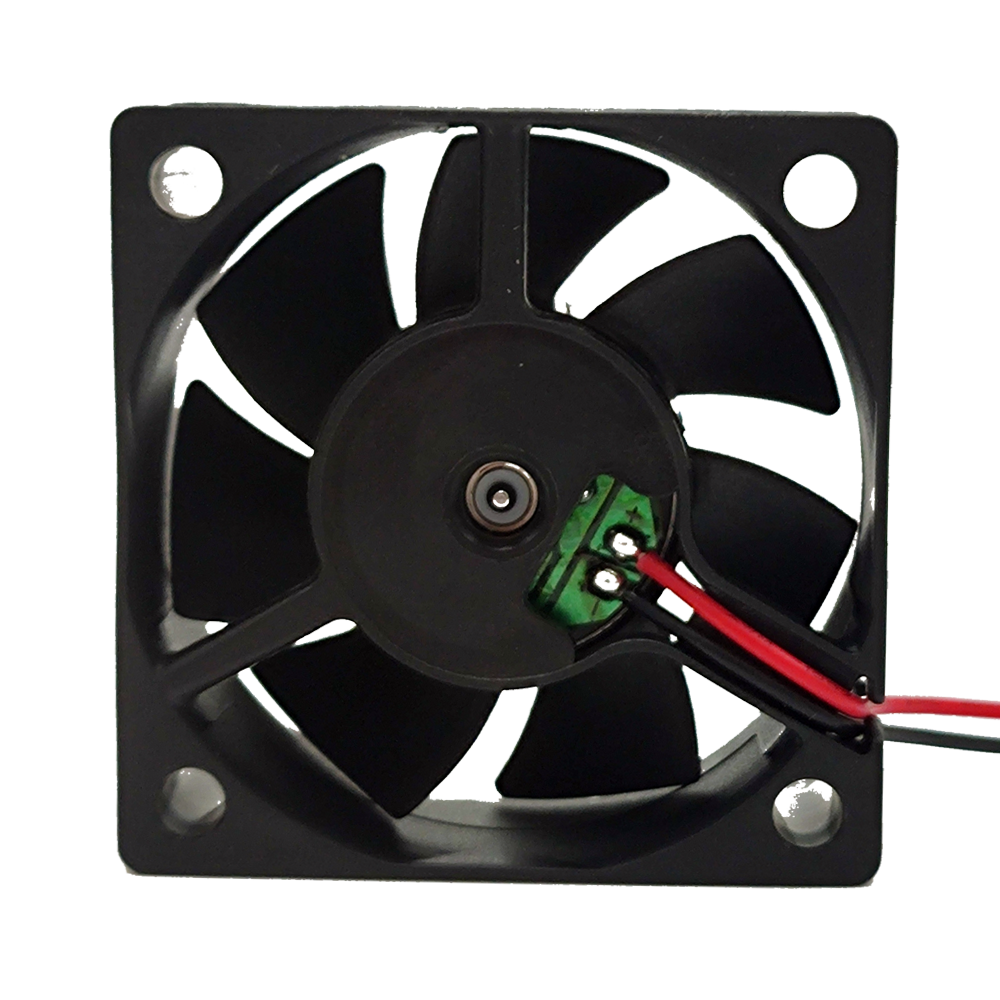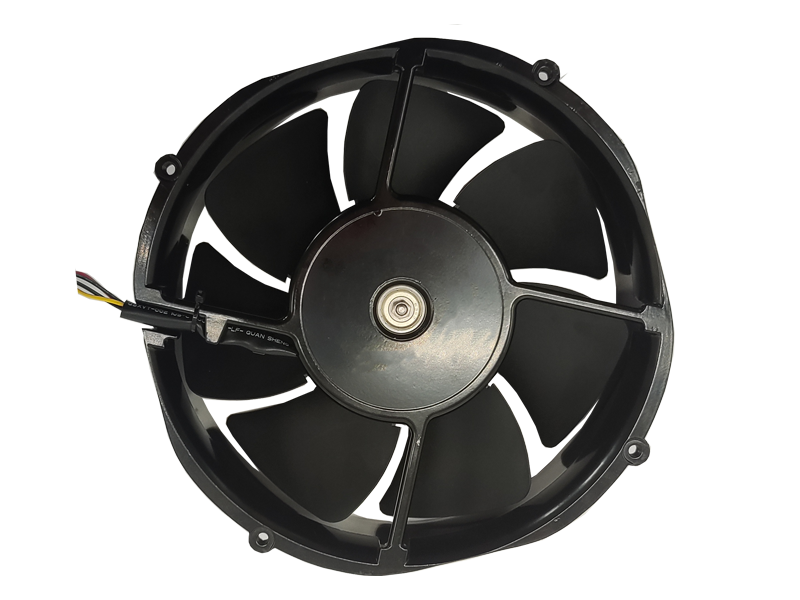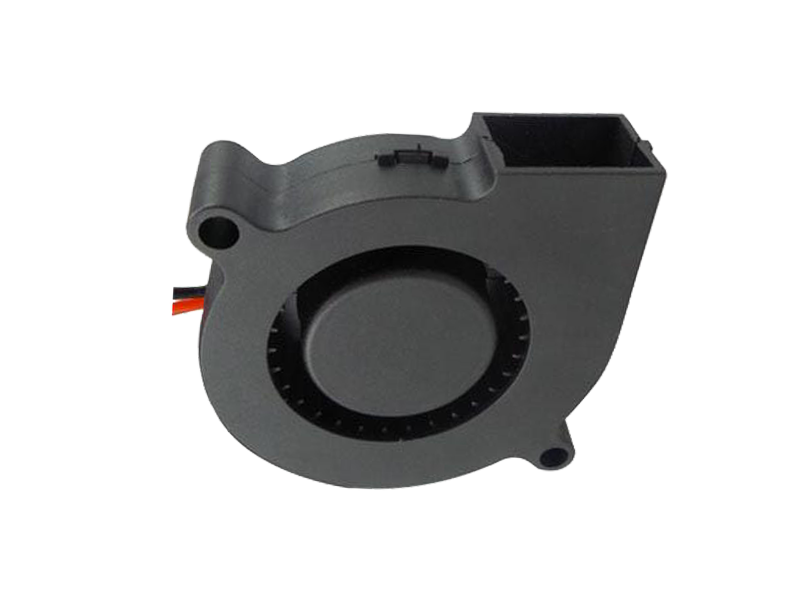Introduction
The industrial fan sector has evolved from rudimentary ventilation devices to sophisticated systems integral to modern manufacturing, energy, and infrastructure projects. As product managers, we must redefine industrial fans as precision-engineered tools rather than commoditized hardware. This article explores how advancements in materials science, motor technology, and computational fluid dynamics (CFD) are enabling industrial fans to meet the extreme demands of 21st-century industries.
I. Material Innovation: From Structural Integrity to Functional Adaptation
Modern industrial fans operate in environments where temperatures exceed 150°C, corrosive gases are prevalent, and vibration levels approach 10G. Product teams are pioneering:
Composite Fan Blades
Carbon-fiber-reinforced polymers (CFRP) now enable 40% weight reduction while maintaining torsional stiffness. A case study from a German automotive plant shows CFRP blades reduced motor load by 18%, cutting energy costs by €120,000 annually per unit.
Corrosion-Resistant Coatings
Nanoceramic coatings applied via plasma spraying have extended fan lifespan in chemical plants from 3 to 8 years. A PetroChina refinery reported 92% reduction in maintenance downtime after adopting this technology.
High-Temperature Bearings
Silicon nitride ceramic bearings now withstand 220°C continuous operation. In a Turkish steel mill, these bearings eliminated 87% of premature failures caused by thermal expansion mismatches.
II. Motor Technology: The Heart of Industrial Airflow
The shift from AC induction motors to permanent magnet synchronous motors (PMSM) represents a paradigm shift:
EC Motor Revolution
Electronically commutated (EC) motors achieve 95% efficiency at partial loads. A UK food processing plant reduced annual electricity costs by £85,000 per fan through EC motor adoption.
Variable Frequency Drives (VFD)
Smart VFDs now incorporate machine learning to predict optimal RPM. At a South Korean semiconductor fab, this reduced wafer cooling time by 32% while cutting energy use by 41%.
Axial Flux Designs
Pancake-style axial flux motors deliver 30% higher torque density. A Norwegian fish farm deployed these motors in saltwater environments, achieving 98% reliability after 24 months.
III. Computational Fluid Dynamics (CFD): Virtual Prototyping
CFD simulations have reduced physical prototyping cycles from 18 months to 12 weeks:
Turbulence Modeling
Large Eddy Simulation (LES) now predicts vortex shedding with 92% accuracy. A US power plant used this to redesign impeller geometry, boosting airflow by 14% without increasing power draw.
Multi-Phase Flow Analysis
Simulating air-dust mixtures enabled a South African mine to develop self-cleaning blade geometries. Particulate accumulation reduced by 89%, maintenance intervals extended from weekly to quarterly.
Acoustic Optimization
CFD-integrated noise prediction tools helped a French automotive OEM reduce fan noise from 85dB to 72dB while maintaining performance. This eliminated the need for costly sound enclosures.
IV. Case Study: Next-Gen Cooling Tower Fans
A collaborative project between a German fan manufacturer and a Saudi petrochemical giant demonstrates system-level innovation:

Blade Design: Hollow titanium blades with internal cooling channels
Motor Integration: Submersible EC motors rated for 50°C seawater
Control System: IoT-enabled predictive maintenance with vibration analysis
Results after 18 months:
23% reduction in energy consumption
94% decrease in unplanned downtime
18-month ROI through productivity gains and energy savings
Conclusion
The industrial fan of tomorrow will be a hybrid of advanced materials, intelligent motors, and virtual engineering. Product managers must view these systems as integral components of industrial processes rather than standalone equipment. By focusing on total cost of ownership (TCO) and system-level efficiency, manufacturers can deliver solutions that reduce carbon footprints while enhancing operational resilience.
Recommended Products

The main purpose:Car charging station

The main purpose:Car charging station

The main purpose:Electronic refrigerators, water dispensers, direct drinking machines, inverter power supplies
Address:No. 4137, Longgang Avenue (Henggang Section), Henggang Community, Henggang Street, Longgang District, Shenzhen
hotline:13530005572(Chen)15112579390(Li)


Welcome all friends to come for consultation and negotiation.
Copyright 2024 @ Shenzhen Youneng Xinyuan Electronics Co., Ltd.,(industrial fans,industrial blowers,axial fans,cooling fans manufacturer,centrifugal fans,ac cooling fans,dc cooling fans)